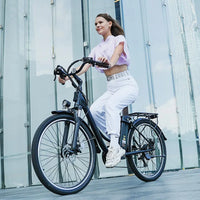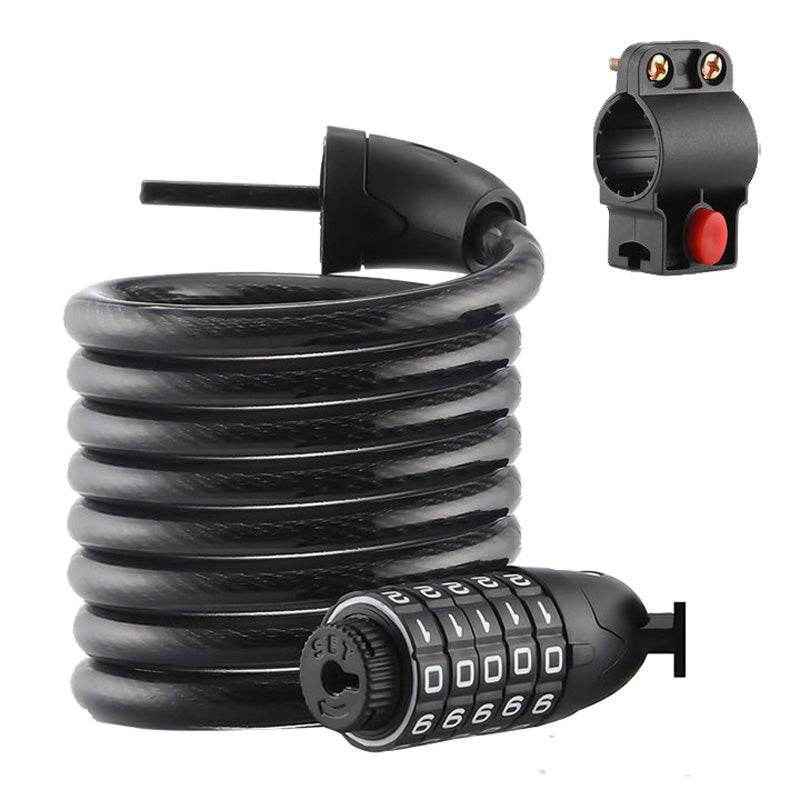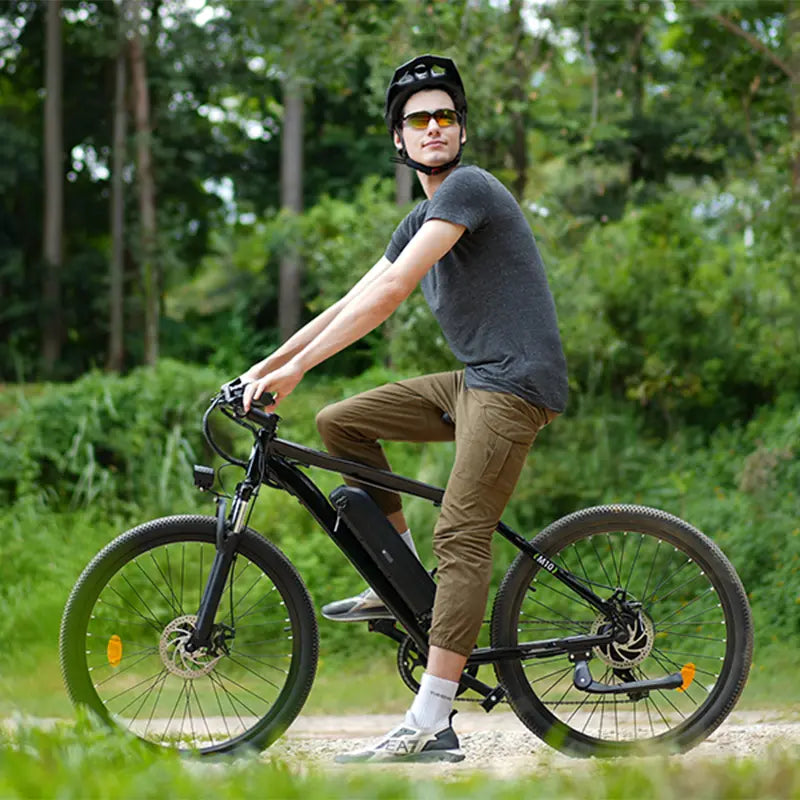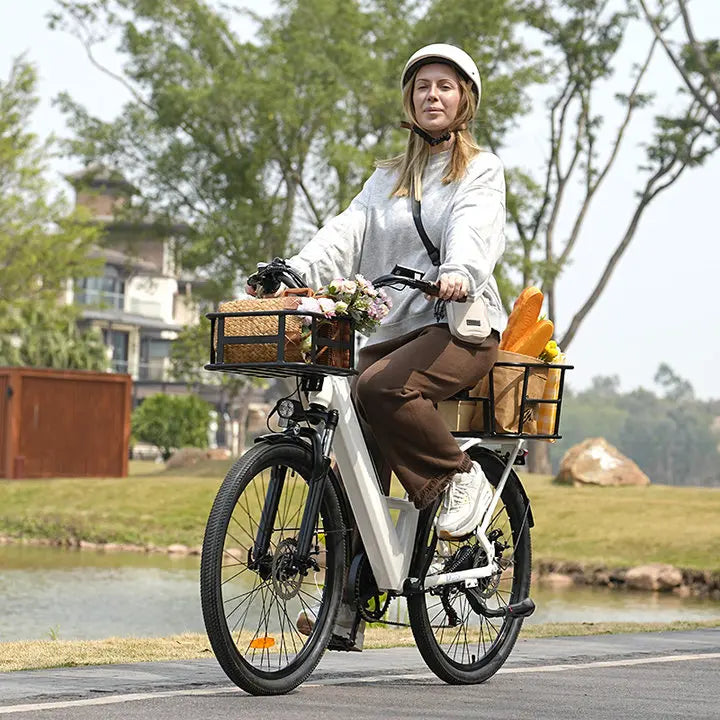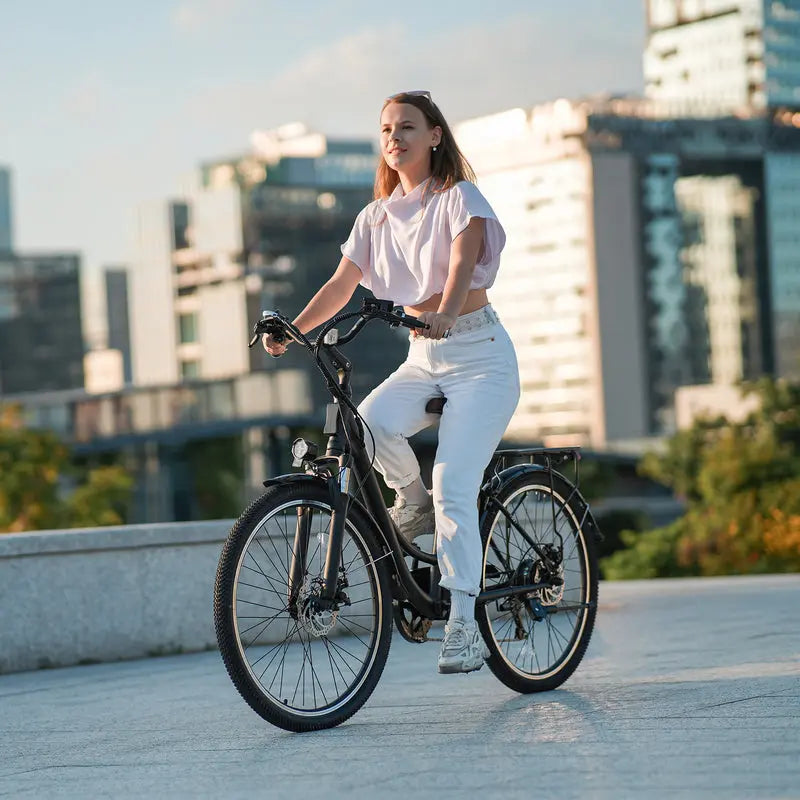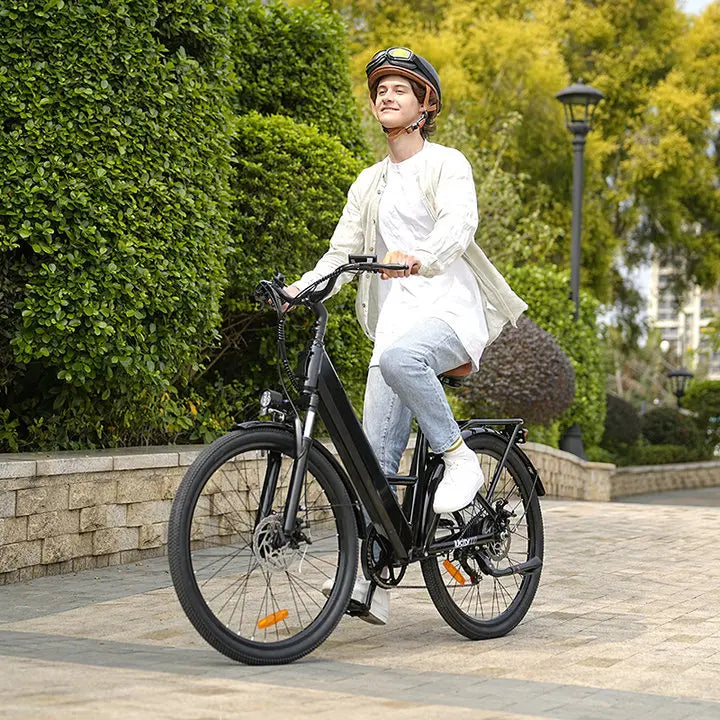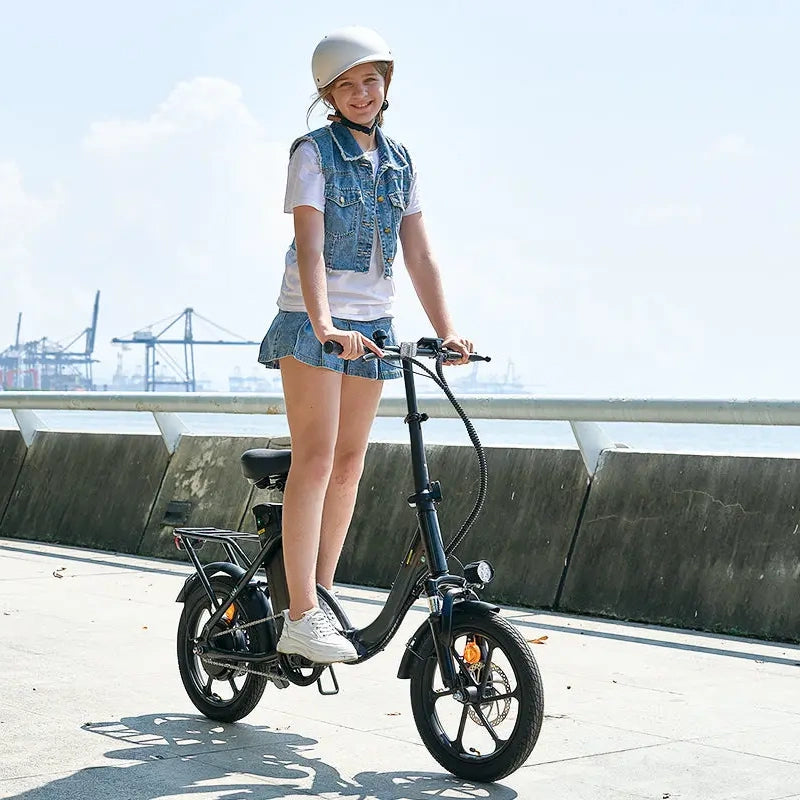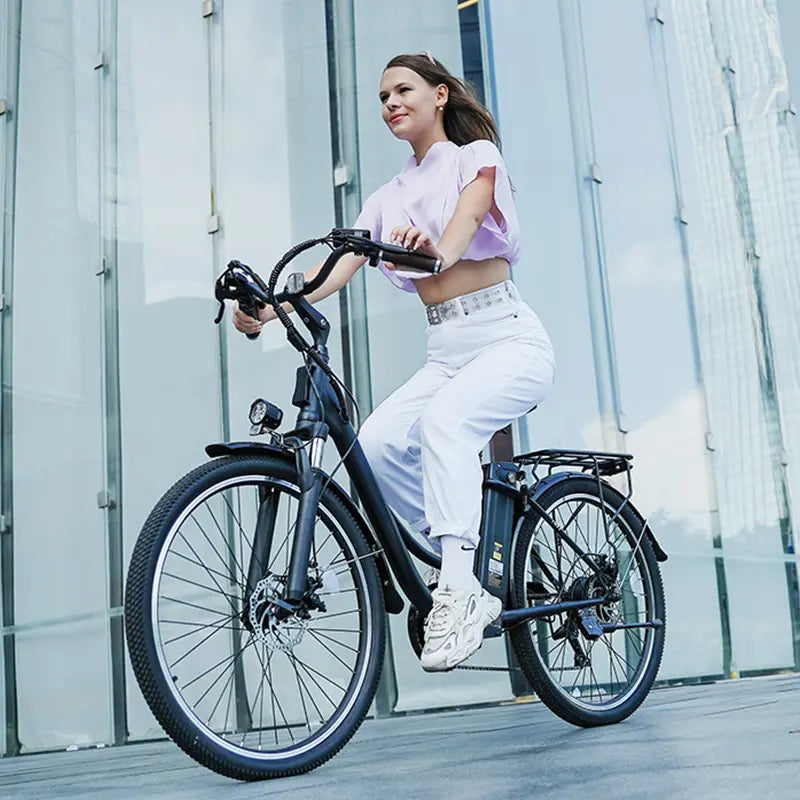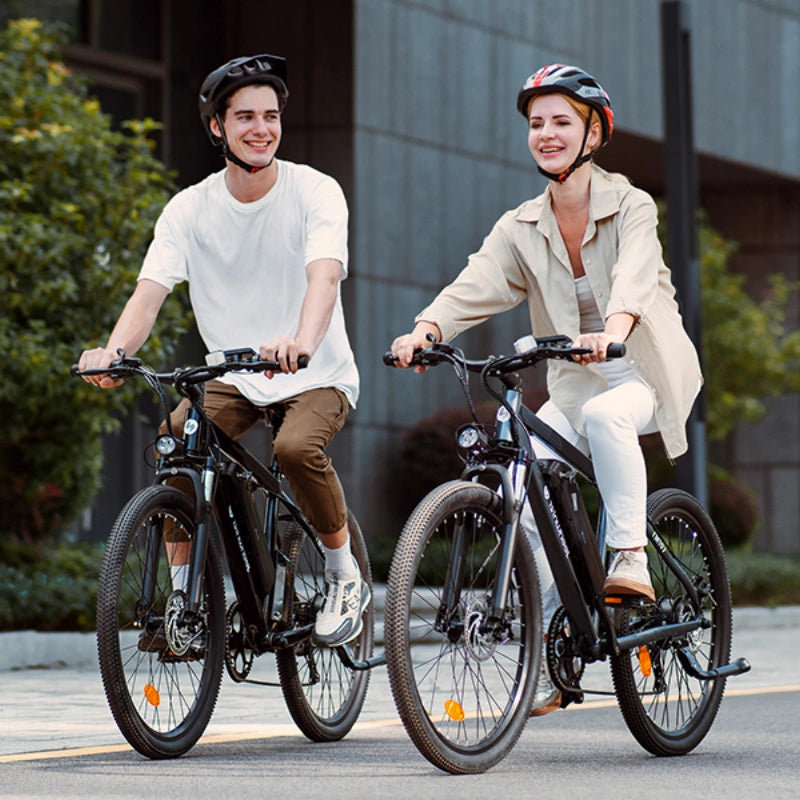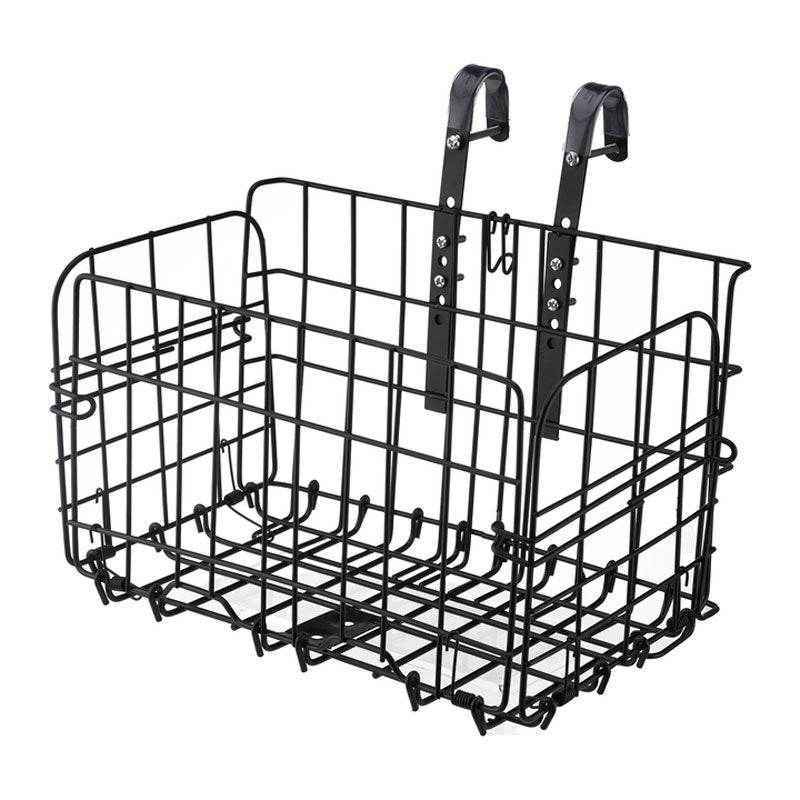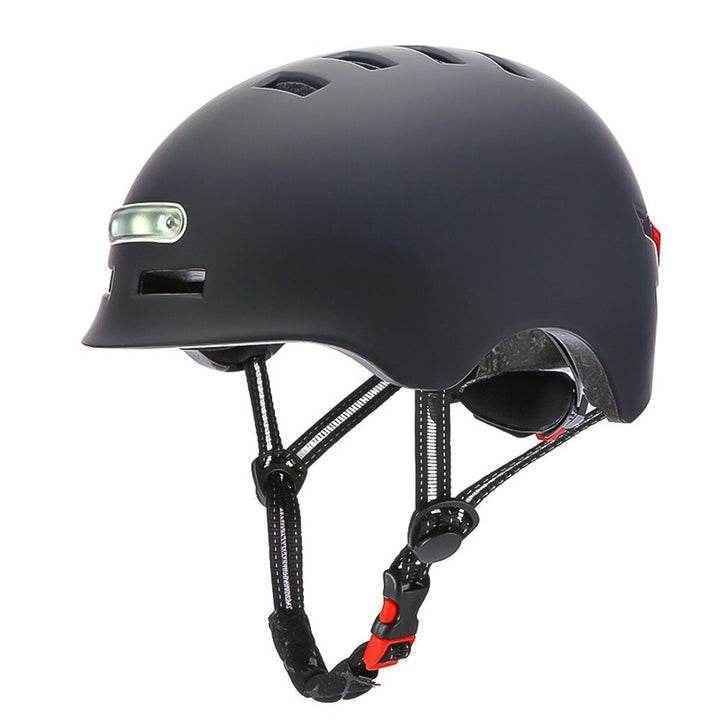Do You Have to Pedal an Electric Bike
Electric bikes, or ebikes, are transforming how we get around—offering a cleaner, more efficient alternative to cars while retaining the benefits of traditional cycling. But a common question arises among new and prospective riders: do you have to pedal an electric bike? The answer isn't as straightforward as a simple yes or no—it depends on the type of ebike, its features, and where you're riding. Let's explore the ins and outs of pedalling with ebikes, and whether it's always necessary.
Do You Have to Pedal an Electric Bike
In the UK, most legal electric bikes (EAPCs) require you to pedal for the motor to provide assistance, so yes, pedalling is necessary. Throttle-controlled e-bikes that don’t require pedalling are usually classified as mopeds or scooters and must be registered, insured, and ridden with a valid licence. So overall, if you’re riding a standard e-bike in the UK, you do have to pedal.
In the UK, most electric bikes are designed with pedal-assist technology, meaning the motor only kicks in when you're pedalling. These are known as pedelecs (pedal electric cycles). They require some physical effort from the rider, but the motor assists with acceleration, hill climbing, and maintaining speed with less exertion.
However, not all ebikes are created equal. Some models feature throttle controls, allowing riders to cruise along without pedalling at all. While this might sound ideal for leisurely rides or commuting without breaking a sweat, there are specific legal and technical aspects to consider—especially in the UK.
The Rise of Throttle-Controlled Ebikes
As electric bikes grow in popularity across the UK and beyond, one particular variation has started to attract attention: the throttle-controlled ebike. These bikes offer a distinctly different riding experience compared to traditional pedal-assist models, appealing to a wide range of users from commuters to those with limited mobility.
Throttle-Control Technology
Throttle-controlled ebikes operate more like electric scooters or mopeds. Instead of engaging the motor by pedalling, riders use a hand-operated throttle—usually in the form of a twist grip or thumb lever—to activate the motor instantly. This allows for fully hands-free cruising, making it an appealing option for those who want to reduce physical effort or simply enjoy a more relaxed ride.
Throttle systems come in two main forms:
-
Full-throttle: The rider can power the bike entirely without pedalling, maintaining speed using only the throttle. This is ideal for short commutes, stop-start urban traffic, or riders with physical limitations.
-
Start-assist throttle: Offers a brief boost to help get the bike moving from a stationary position. This is especially useful at traffic lights, on hills, or when starting with a heavy load.
These systems provide greater control over acceleration and reduce the need for frequent gear changes, offering a smoother and more effortless ride, particularly in urban environments.
Throttle-Control vs. Pedal-Assist E-bikes
|
Feature |
Pedal-Assist |
Throttle-Controlled |
|
Requires pedalling |
Yes |
No (in full-throttle mode) |
|
Legal in the UK |
Yes |
Restricted/limited |
|
Battery efficiency |
More efficient |
Less efficient |
|
Rider effort |
Medium |
Low |
|
Ideal for |
Fitness, long-distance |
Mobility issues, short trips |
While pedal-assist ebikes promote a more active lifestyle, contribute to cardiovascular health, and tend to preserve battery life better over longer distances, throttle-controlled bikes offer unmatched ease of use. They remove the need to pedal altogether, making them an excellent choice for:
-
Elderly riders or those with joint problems
-
Delivery riders navigating stop-start city routes
-
Commuters who want to avoid sweating through their work clothes
-
Riders recovering from injury
However, it’s worth noting that throttle use can drain the battery more quickly and reduce the bike’s range. Also, in many parts of the world—including the UK—full-throttle ebikes face stricter legal limitations, as they fall outside the EAPC classification unless speed and power output are tightly restricted.
As such, while throttle-controlled ebikes offer clear benefits in terms of comfort and convenience, they may not be suitable—or legal—for all riders and use cases. It’s essential to understand your country’s regulations before choosing a throttle-enabled model.
UK’s Regulations and the Ebike
In the UK, Electric Assisted Pedal Cycles (EAPCs) must meet specific criteria to be legally used without a licence, registration, or insurance. According to UK law:
-
The motor must not exceed 250 watts
-
The motor must only assist while the rider is pedalling
-
Motor assistance must cut off at 15.5 mph (25 km/h)
-
Riders must be 14 years or older
Throttle-controlled ebikes that can move without pedalling are typically not classified as EAPCs, meaning they may fall under the same regulations as mopeds or motorcycles, requiring registration, insurance, and a valid driving licence. However, some models include a "walk assist" mode or a limited throttle function that complies with EAPC rules when restricted to 3.7 mph (6 km/h).
Safety Considerations
Whether you're pedalling with assistance or cruising hands-free on a throttle-controlled ebike, safety should always come first. Ebikes may be easy and fun to ride, but they are still capable of considerable speeds and are subject to the same risks as any other vehicle on the road. Here are some key safety considerations every rider should keep in mind:
1. Braking Distance and Speed Control
Throttle-controlled ebikes can accelerate quickly, and their weight combined with added speed may increase braking distances. Riders should:
-
Maintain a sensible and legal speed, especially in crowded or unfamiliar areas
-
Allow extra stopping distance when travelling downhill or on wet roads
-
Use both front and rear brakes smoothly to avoid skidding or flipping
Remember, speed might feel fun in the moment, but the ability to stop safely is far more important.
2. Stay Visible to Others
Being seen is just as important as seeing. Many accidents occur simply because a cyclist was not noticed in time by other road users. To improve your visibility:
-
Wear high-visibility or reflective clothing, especially during dawn, dusk, or at night
-
Fit your ebike with front and rear lights, and keep them switched on even during daylight in poor weather
-
Use reflectors on wheels and pedals for added side visibility
3. Wear a Helmet – Always a Smart Choice
While wearing a helmet is not a legal requirement for adult cyclists in the UK, it is strongly recommended, especially on higher-speed ebikes. A properly fitted helmet can significantly reduce the risk of head injuries in the event of a fall or collision.
-
Choose a helmet that meets British or European safety standards
-
Replace it after any major impact or every few years, even if no damage is visible
-
Make sure it fits snugly and covers the forehead properly
4. Ride with Extra Caution in Poor Conditions
Ebikes can lose traction more easily on wet, icy, or loose surfaces, particularly when relying on motor power. Throttle use in such conditions should be gentle and gradual to avoid sudden wheel spin or skidding. It’s best to:
-
Avoid sharp turns or hard braking on slippery roads
-
Reduce your speed and give yourself more time to react
-
Ensure your tyres have sufficient tread for grip in variable weather
5. Regular Maintenance is Key
A well-maintained ebike is a safer ebike. Routine checks and servicing not only help you stay safe but also extend the life of your components. Prioritise:
-
Brake responsiveness – worn brake pads or cables can drastically reduce stopping power
-
Tyre pressure and condition – underinflated or worn tyres increase the risk of punctures and slips
-
Battery health – keep it charged, dry, and away from extreme temperatures
-
Chain and gears – clean and lubricate regularly to ensure smooth pedalling and shifting
Conclusion
So, do you have to pedal an electric bike? If you're riding a standard, road-legal ebike in the UK, the answer is yes—pedalling is required for the motor to assist. But the world of ebikes is diverse, and throttle-controlled models offer a compelling alternative in specific scenarios, especially outside the UK or with the proper licences.
For most British riders, the best approach is to embrace pedal-assist as a balanced blend of exercise and ease. But if hands-free cruising appeals to you, it's essential to understand the local laws, safety implications, and the capabilities of your chosen bike.
Whichever path you choose, electric bikes offer freedom, flexibility, and a greener way to travel. Just remember: the journey is yours to power—pedals or not.










